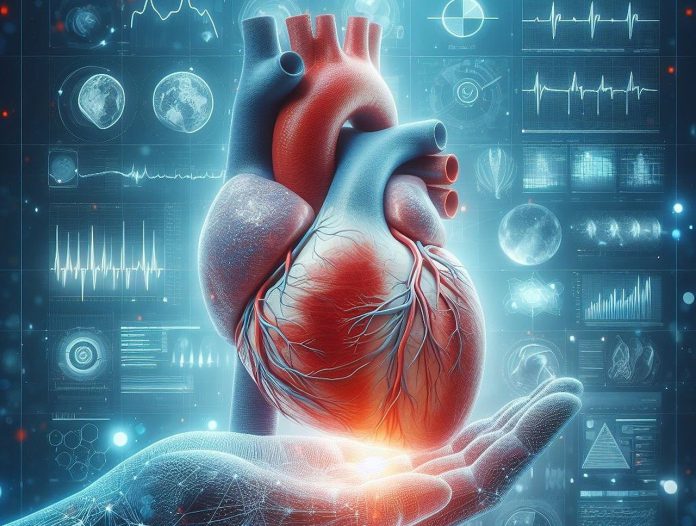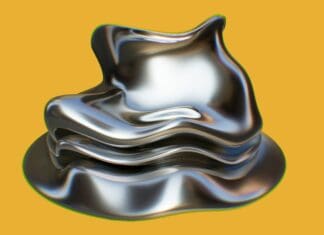This post is also available in:
 עברית (Hebrew)
עברית (Hebrew)
Researchers from the University of Edinburgh made a major breakthrough by 3D printing artificial blood vessels – innovative gel-like tubes that are very similar to human veins and could revolutionize heart bypass surgery, reduce healthcare costs, and increase accessibility to life-saving procedures.
The press release announcing the tech reads: “The 3D graft can be made in thicknesses from 1 to 40 mm in diameter, for a range of applications, and its flexibility means that it could easily be integrated into the human body.”
Dr. Norbert Radacsi, who led the study, said this research comes to produce a conduit with biomechanical properties similar to human veins, solving a major long-standing challenge in the field of vascular tissue engineering. According to Interesting Engineering, heart bypass surgery is a common procedure meant to restore blood flow to the heart muscle, traditionally involving harvesting veins from other parts of the patient’s body. This process, however, can lead to complications (such as scarring, pain, and an increased risk of infection), or even be completely rejected by the body.
These revolutionary 3D-printed blood vessels show great promise for solving these challenges by providing a readily available and customizable alternative to harvested veins and potentially eliminating the need for additional surgery. The potential of better and easier integration of these 3D-printed vessels could also lead to better long-term outcomes for patients.
The researchers acted in two stages – they first used a 3D printer to produce tubular grafts from a water-based gel, and then they reinforced these grafts through electrospinning (using high voltage to apply an ultra-thin coating of biodegradable polyester nanofibers). The artificial vessels are stronger than natural blood vessels and have flexibility that could help with seamless integration into the human body.
This innovative study could potentially help in other medical fields thanks to the tech’s ability to create complex, biomimetic structures through 3D printing and electrospinning.
Cardiovascular diseases are currently a leading cause of death across the world, so innovations like this are incredibly important and could save countless lives.


























